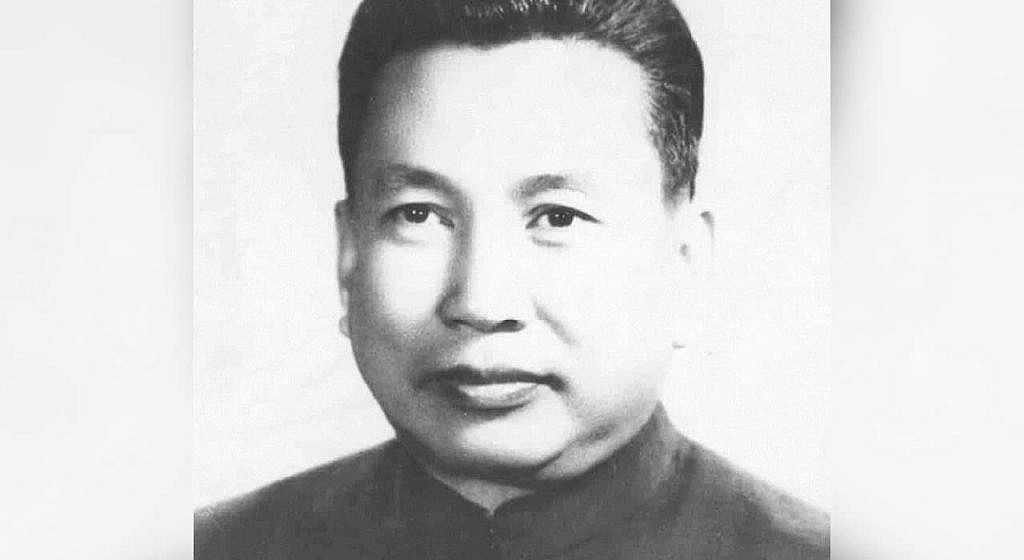
May 19, 1925* the eighth child was born to a wealthy peasant Pek Salot. The boy was named Sar. In a few decades, Sar Salot will become known under a different name – Pol Pot, a staunch communist, Maoist, dictator under whose leadership the construction of socialism in the most extreme form began in Cambodia. As a result of a gigantic experiment, according to various sources, from 1 to 3 million people died in the country.
Pol Pot’s childhood
Not much is known about the childhood of the future dictator; Pol Pot preferred to hide part of his biography.
Pol Pot learned to read early, and the wealth of his family and close relatives at the court of the Crown Prince of Cambodia, Sisowat Monivong, helped the young Sar Saloth to receive a good education. By the standards of social origin, Sar Saloth was not well suited to the role of representative of the “fundamental force of Marxism.” Maybe that’s why part of his biography is hidden from us.
Pol Pot received a good education. He studied French* at a Buddhist school, was able to master the profession of a cabinetmaker. Soon he received a state scholarship, which allowed him to continue his education in France.
Great France. Student – Marxist
Pol Pot arrived in France to study electronics at the University of Paris, but fate brought him together with another Khmer, a staunch Marxist. His name was Kim Chang, half Khmer Krom, half Chinese with Vietnamese roots.
Subsequently, Kim Chang would become known as Ieng Sari, an associate and relative of Pol Pot.
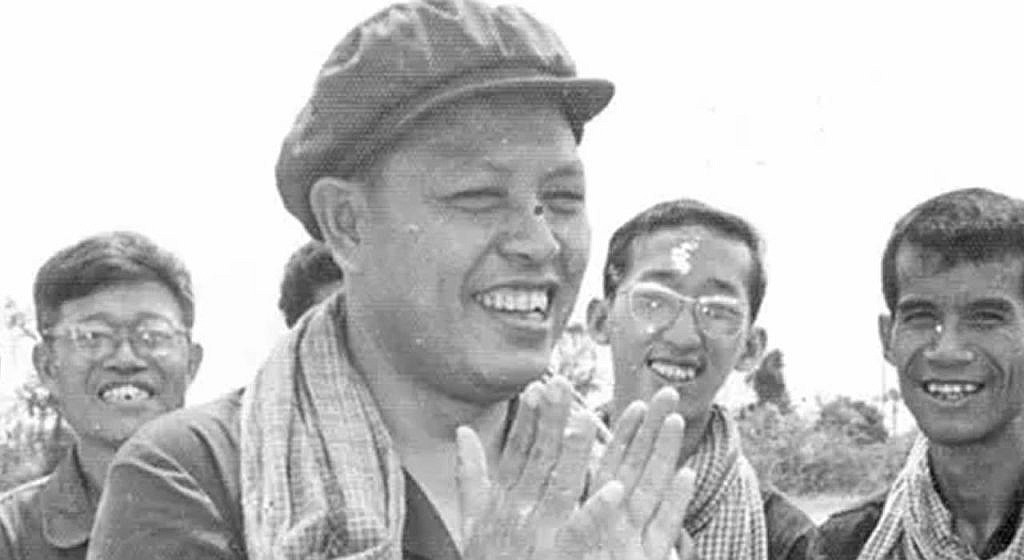
Ieng Sari introduced Pol Pot to his wife’s sister Khieu Ponnari. Soon the young people got married.
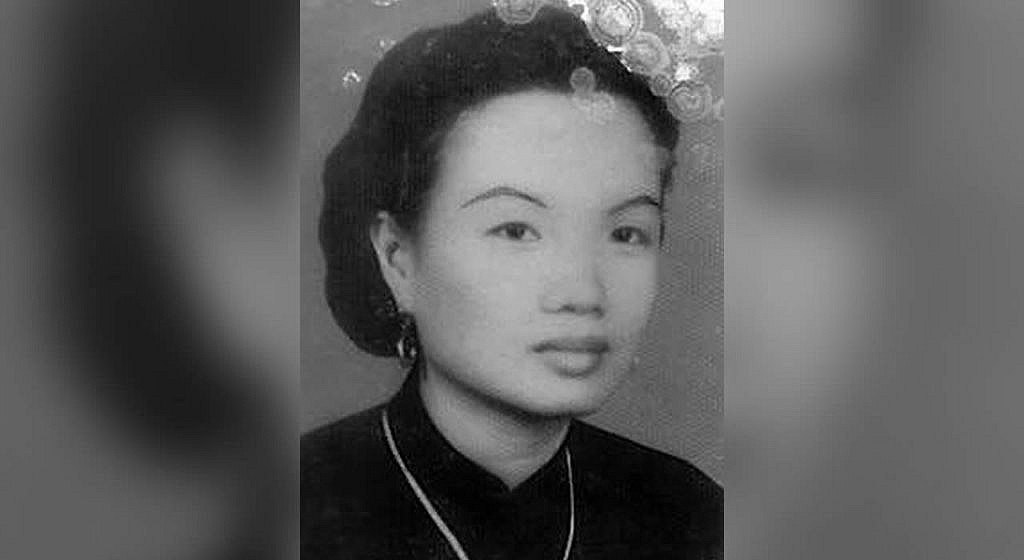
Students spent time studying the works of Karl Marx, which later formed the basis of the state policy pursued by Pol Pot.
Soon Pol Pot joined the ranks of the French Communist Party and studying at the university faded into the background. Pol Pot was expelled for poor performance from the 3rd year.
Pol Pot in Cambodia
In 1952 Pol Pot returned to Cambodia. Almost immediately, he contacted the guerrillas who were fighting against French colonialism and the Communist Party of Indochina.
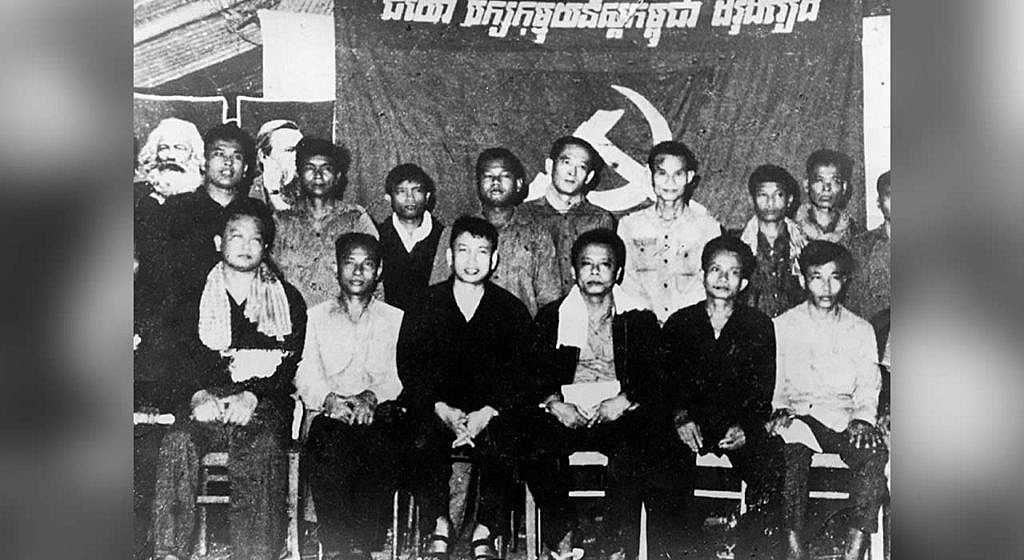
Pol Pot took up propaganda work. He joined the People’s Revolutionary Party of Cambodia* and graduated from the school of party leadership.
Party leaders of that time characterize Pol Pot as a purposeful young man who aspired to power.
The financing of the People’s Revolutionary Party of Cambodia remains behind the scenes. Sources say that at this time, the pro-Vietnamese communists of Cambodia received funding from the USSR, China and North Korea. Cambodia gained independence in 1953 and ceased to be a French colony. As is always the case in post-colonial countries when whites leave, a power struggle has begun in Cambodia. On the one hand, the democratic forces were represented by the King of Cambodia, Norodom Sihanouk, who abdicated in favor of democratic reforms. On the other hand, the pro-Vietnamese People’s Revolutionary Party of Cambodia with Pol Pot. However, Sihanouk adhered to moderate leftist views, which did not suit the United States, and in 1970 Lon Nola, a supporter of the United States, came to power through a coup.
The result of the US intervention was a full-scale war that engulfed almost the entire Indochina: Vietnam, Laos and Cambodia.
Pol Pot secured his nomination as general secretary of the People’s Revolutionary Party of Cambodia, later renamed the Communist Party of Kampuchea.
In 1965, Pol Pot went to China where he met with Mao Zedong. After that, Pol Pot repeatedly met with Mao.
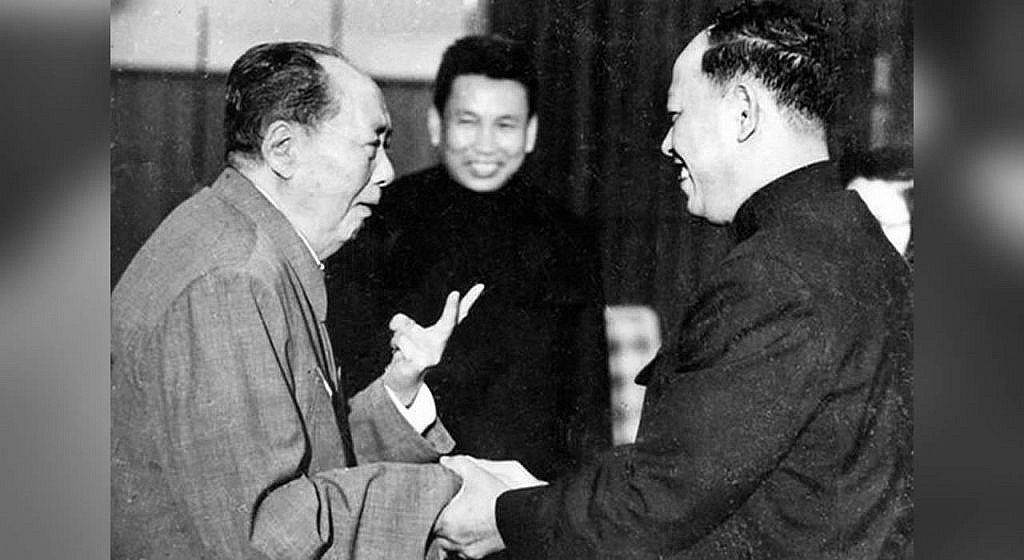
The CCP actively cooperated with the communists of North Vietnam, at the same time the self-name ‘Khmer Rouge’ appeared.
In 1973, the Paris Agreement forced the US to leave Vietnam. As a result, the US Army could no longer provide support to the Lon Nol government. The Khmer Rouge went on the offensive.
Khmer Rouge
In 1975, the CCP was led by the so-called ‘gang of six’, which included Pol Pot, Ieng Sari, Khieu Samphan, Son Sen and their wives.
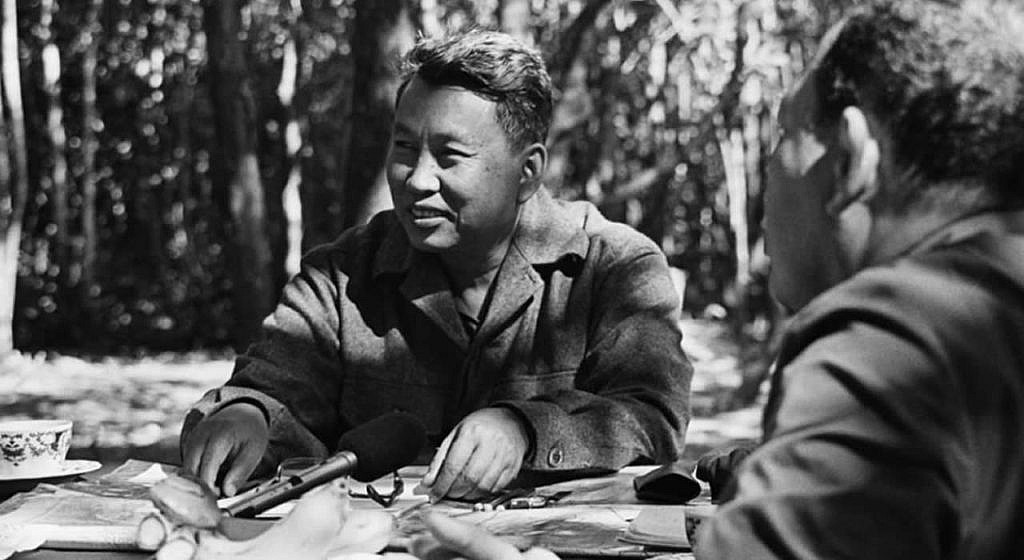
Under their leadership, the Khmer Rouge pushed back government forces and on April 1, 1975, took Phnom Penh, the capital of Cambodia.
The construction of extreme socialism began.
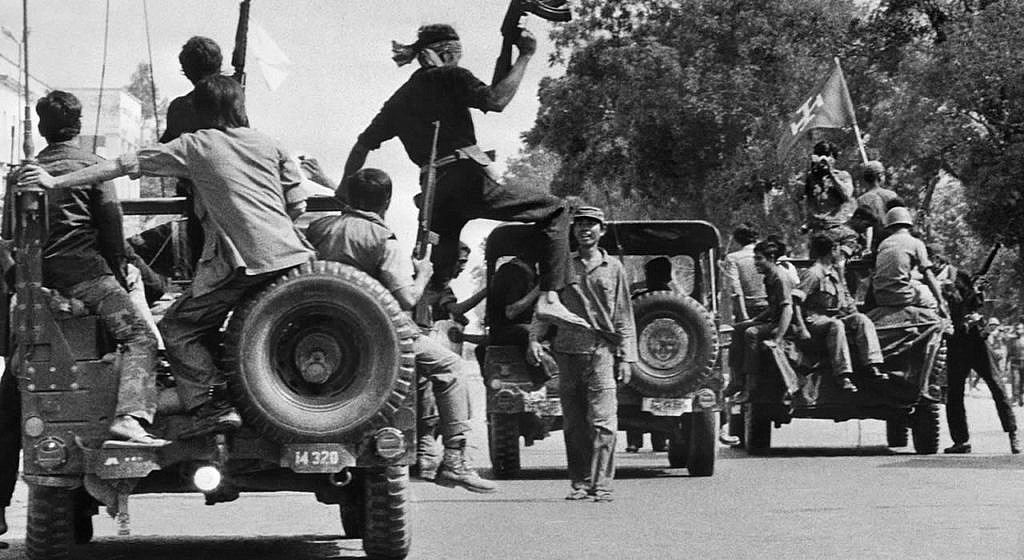
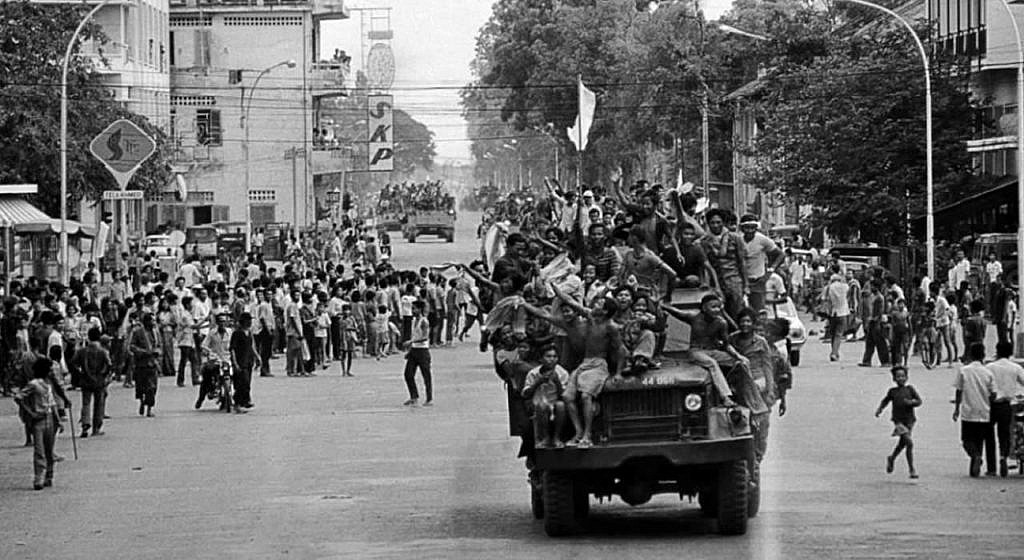
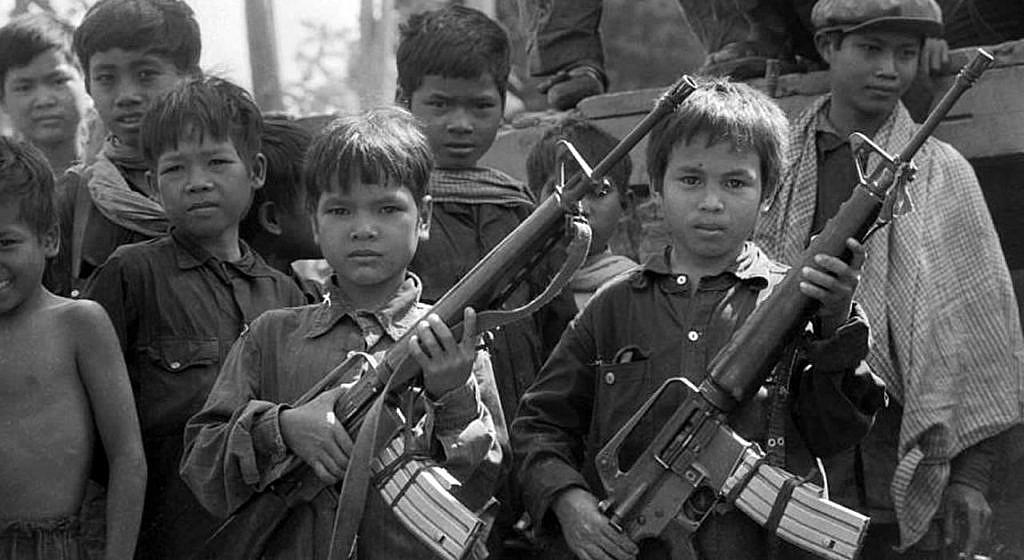
To begin with, the CCP under the leadership of Pol Pot decided to evict all citizens from the cities. They motivated this by possible opposition protests, but in fact the doctrine of socialism without cities was proclaimed by them back in 1971.
Within 72 hours, all Phnom Penh residents were forcibly evicted to the jungle to work in the rice fields. People were forced to walk under the protection of the Khmer Rouge. People were dying along the way, it was especially hard for children and the elderly.

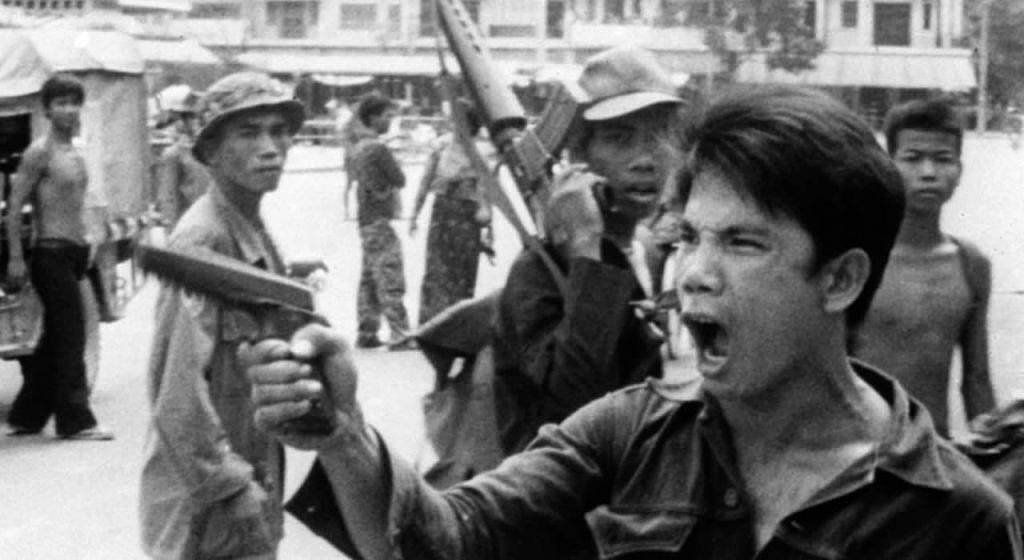
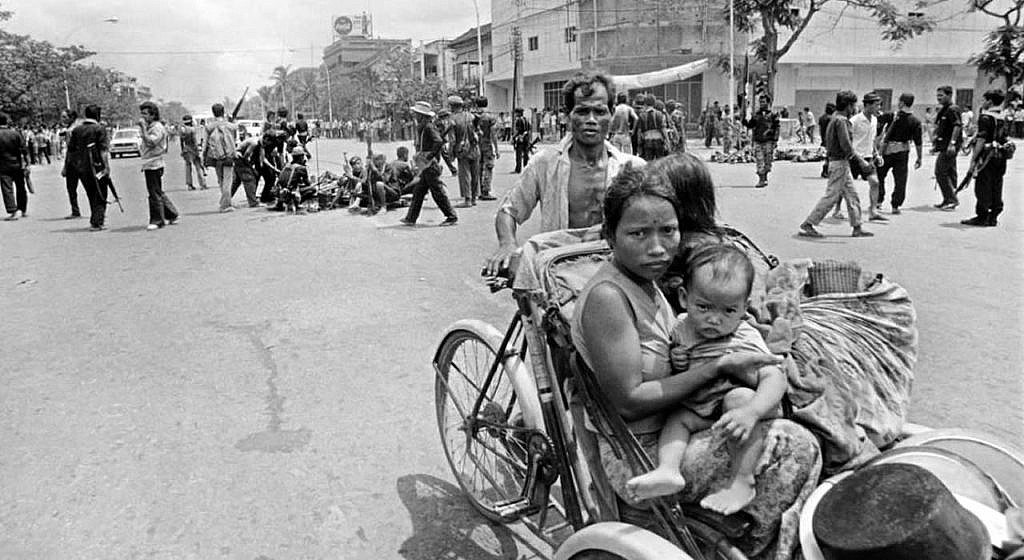
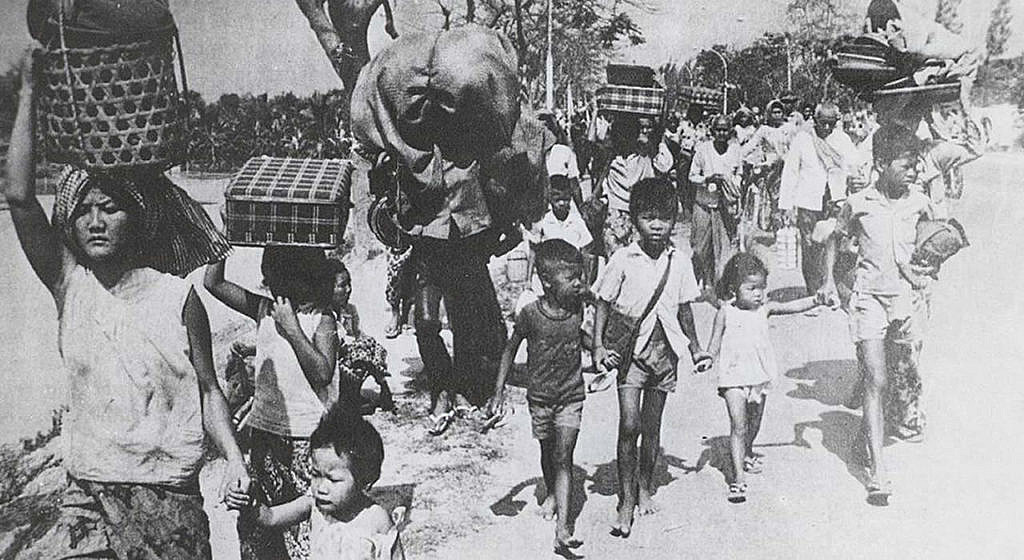
All citizens of the country were divided into 3 categories:
- The main people are people who lived in the territories controlled by the Khmer Rouge
- The new people are people who have lived for a long time in the territories controlled by the government of Cambodia. These people were subject to “deep re-education”.
- The intelligentsia, the clergy, the military and officials of the former administration – they were mostly subject to destruction.
From the point of view of the Khmer Rouge, the national self-identification of the small peoples inhabiting Cambodia must be eradicated. All representatives of ethnic minorities must abandon their native language in favor of Khmer, take Khmer names for themselves, and wear Khmer clothes.
Ethnic cleansing heavily affected the Vietnamese, which soon led to the Vietnam-Cambodian War.
Religion, as a reactionary force preventing the building of socialism, was destroyed. Religious figures of Buddhism, Christianity and Islam were persecuted. Islam got the most as the most radical religion. For 3 years, 113 mosques were demolished, and the rest were turned into pigsties.
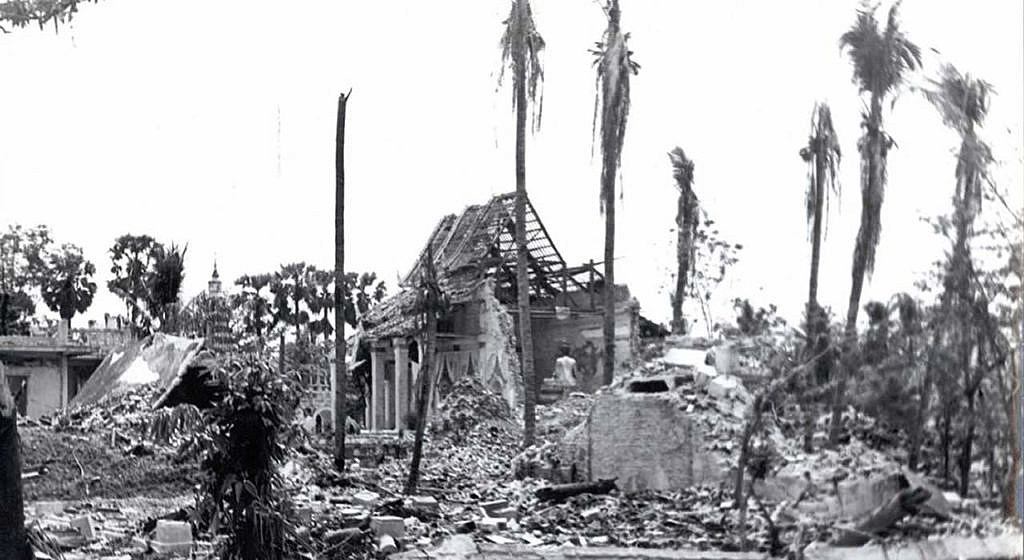
The Khmer suppressed the resistance in the most brutal way. The uprisings were put down by Khmer Rouge forces and their resistance leaders were subjected to public executions, including public burning at the stake.
The Khmer Rouge rarely used firing squads. A bullet is too much luxury for the enemies of Democratic Kampuchea. Improvised means were used for executions. People were beaten to death with shovels, hoes, iron pipes.
The corpses were then taken to the rice fields and the dead flesh was used as fertilizer.
Vietnam–Cambodia War
In the manner characteristic of all totalitarian regimes to blame external enemies for their problems and failures, the Pol Pot regime began to use Vietnam and the Vietnamese* as an enemy.
Taking advantage of the aggravation of relations between China and the USSR, Pol Pot enlisted the support of China, while Vietnam cooperated in all areas with the USSR. At the same time, the term ‘proxy war’ first appeared – a war of intermediaries.
From April 1977 to December 1978, the Cambodian army carried out raids on the territory of Vietnam with all the attributes of raids: executions, torture, brutal treatment of civilians, destruction of crops.
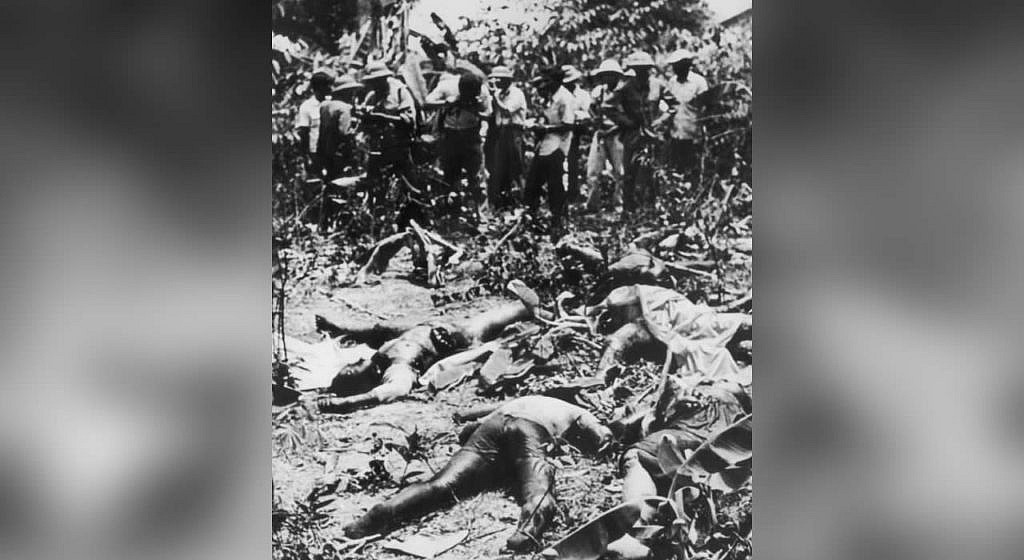
When the regular army of Vietnam approached the place of the raid, Pol Pot’s troops quickly retreated to their territory.
Pol Pot declared that he would occupy Hanoi during his lifetime. Anti-Vietnamese propaganda proclaimed slogans: “Vietnam is enemy number one for Kampuchea!”, “Kampuchean, kill 30 Vietnamese, and we will win!”
On December 22, 1978, Pol Pot’s army, supported by artillery, attacked the Vietnamese province of Tay Ninh.
In response, Vietnam advanced its forces deep into Cambodia, forcing Pol Pot’s army to withdraw from Vietnamese territory.
I kill children because they can grow into dangerous people.
Pol Pot
However, Pol Pot clearly underestimated his own strength and overestimated China’s support. China chose not to intervene in the conflict, and on January 1, 1979, Vietnamese troops entered Phnom Penh along with detachments of the Cambodian army that joined them.
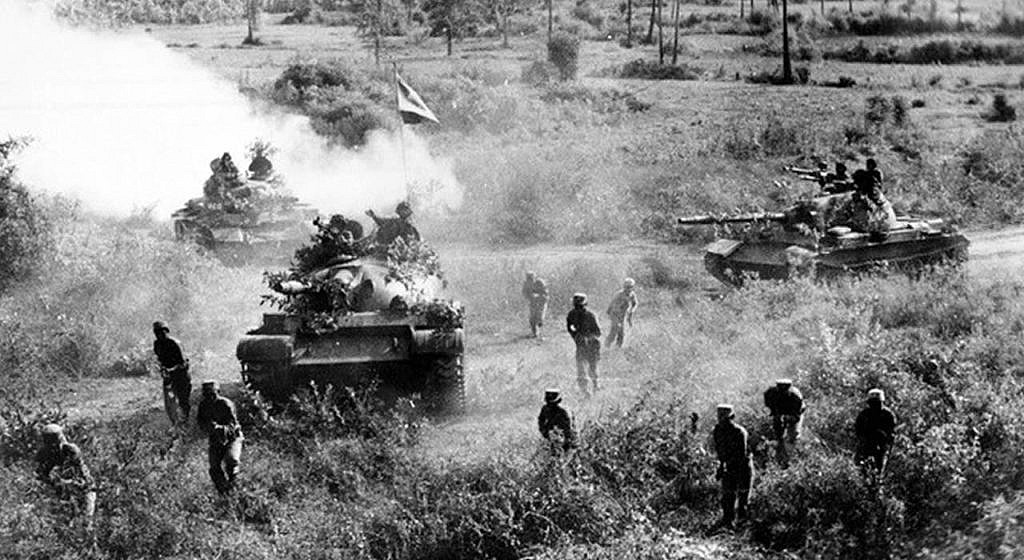
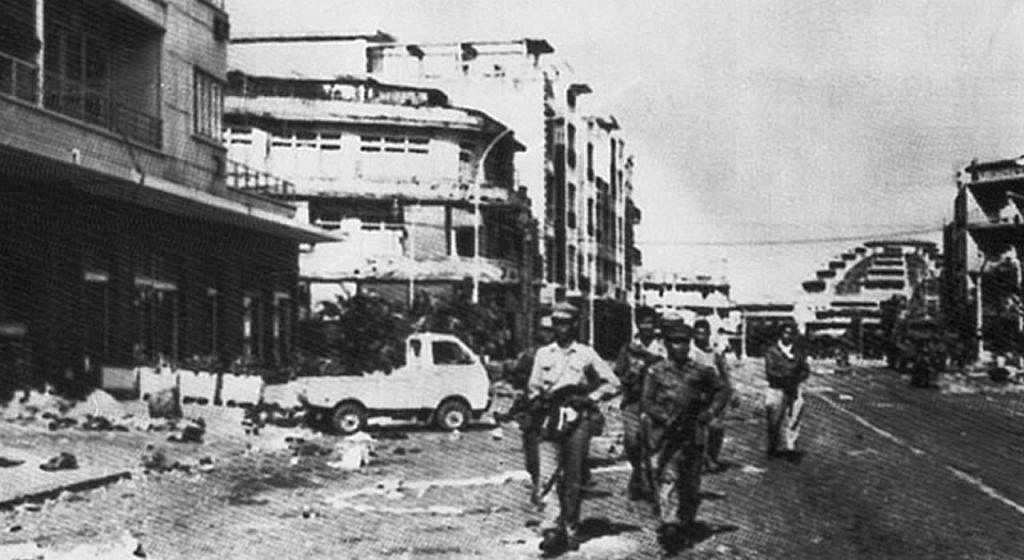
Pol Pot left Phnom Penh by helicopter and fled in an unknown direction. The construction of extreme socialism has been completed.
Pol Pot in exile
It is in vain to assume that Pol Pot surrendered. After the fall of the regime, most of the Khmer Rouge fled to Thailand. The Thai government was looking for a way out of the sticky situation. And this way was found.
Thailand promised China that it would not extradite the Khmer Rouge to the new government of Cambodia in exchange for China cutting off funding to the Communist Party of Thailand.
As a result, the Solomonic decision was reached, the Khmer Rouge, almost 4 divisions, remained in the jungle in Thailand.
At this time, Pol Pot was still hoping for revenge while in the jungle at “Base 87” – a secret hideout of the Khmer Rouge.
Thanks to diplomatic maneuvering and taking advantage of the US anti-Vietnamese policy, Pol Pot led the ‘Coalition Government of Democratic Kampuchea’ and had his representatives at the UN.
This version explains why Pol Pot and 42,000 Khmer Rouge were able to hold out in the jungle for almost 20 years.
However, over time, there was less and less hope for the return of power. In 1991, Pol Pot’s closest associate Son Sen, who was a member of the Gang of Six, along with another former member of the CPC Central Committee, Khieu Samphan, arrived in Phnom Penh for negotiations.
By this time, the pro-Vietnamese head of the People’s Party of Kampuchea, Heng Samrin, was forced to leave his post, and democratic reforms were launched in the country.
In 1997, a split arose in the ranks of the Khmer Rouge caused by the fact that, on the orders of Pol Pot, Son Sen was declared an “enemy of the revolution” and killed along with a family of 14 people, including babies.
Pol Pot was removed from power and was now forced to fear from his closest associates in the party.
In early 1998, American journalist Nate Thayer managed to interview Pol Pot. The dictator did not repent and until the end of his life he was sure of the justice of his actions.
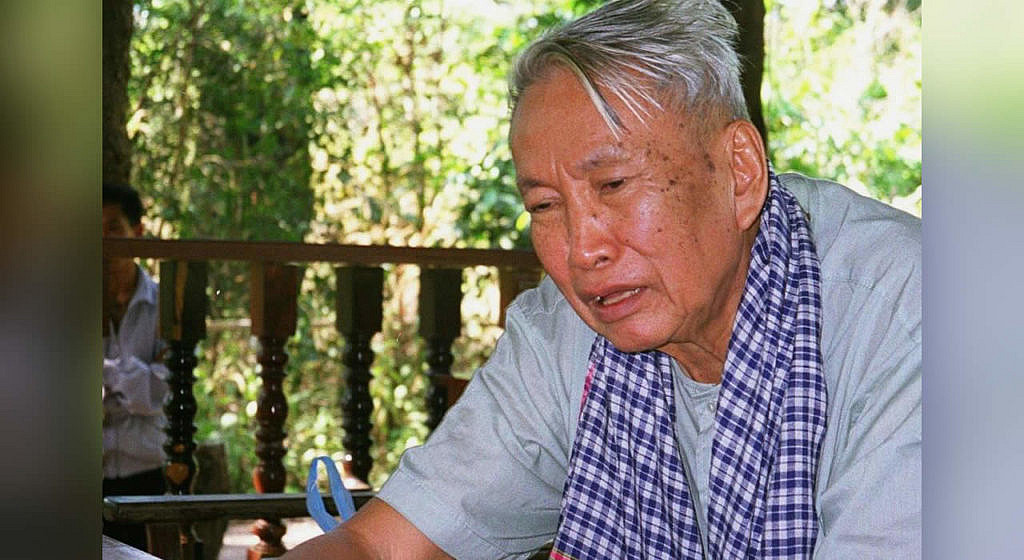
I came to fight, not to kill people. Even now, and you can look at me: am I a wild man? My conscience is clear!
Pol Pot
Soon Pol Pot was arrested by the Khmer Rouge and placed under house arrest.
On April 15, 1998, Pol Pot died under unclear circumstances. It was officially announced that Pol Pot died of heart failure. His relatives and associates, despite the ban, cremated the body.
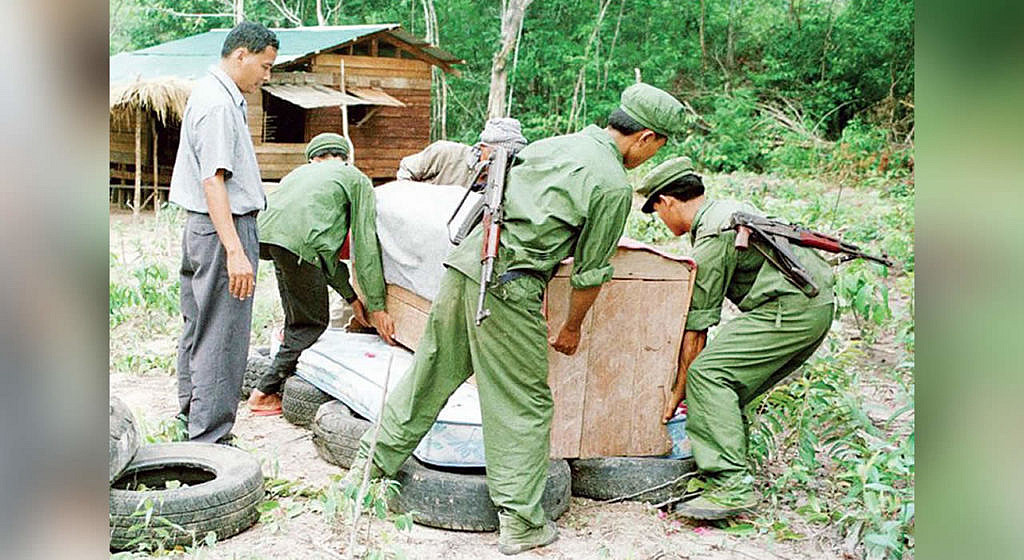
However, the presence of poison was later found in his remains. Whether Pol Pot committed suicide or was poisoned remains a mystery to this day.
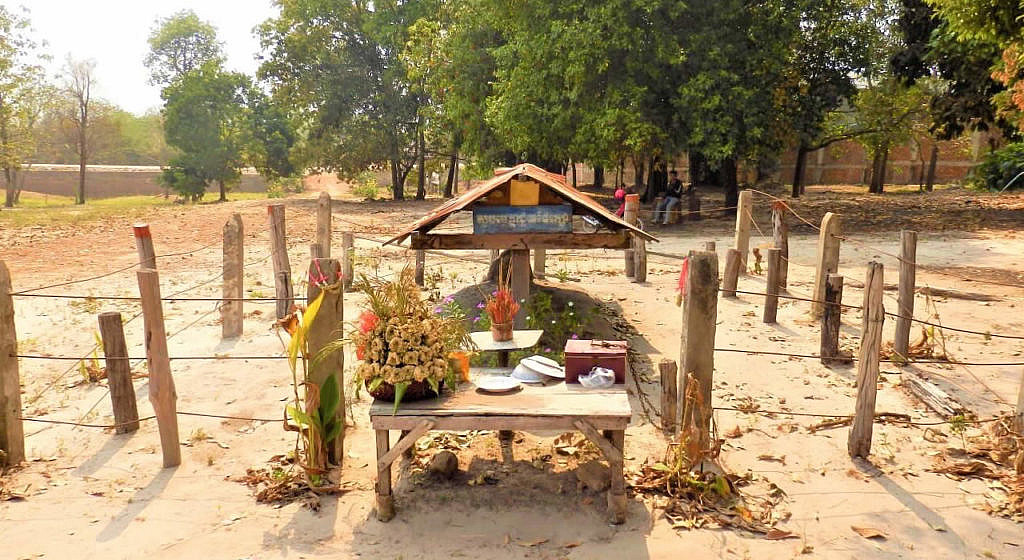
Personal life of Pol Pot and his descendants
Pol Pot was married twice. His first wife Khieu Ponnari is 5 years older than Pol Pot. Khieu Ponnari was Pol Pot’s faithful companion in the Communist Party, but she suffered from schizophrenia and could not have children. Pol Pot divorced Khieu Ponnari in 1979.
After the fall of the Pol Pot regime, Khieu Ponnari received an amnesty. She died of cancer in 2003.
The second time Pol Pot married in 1985, 30-year-old Mea Son. The age difference between the spouses of almost 30 years did not interfere with the intimate life of Pol Pot and in 1986, while at the secret base of the Khmer Rouge, Mea Son gave birth to a girl who was named Sit.
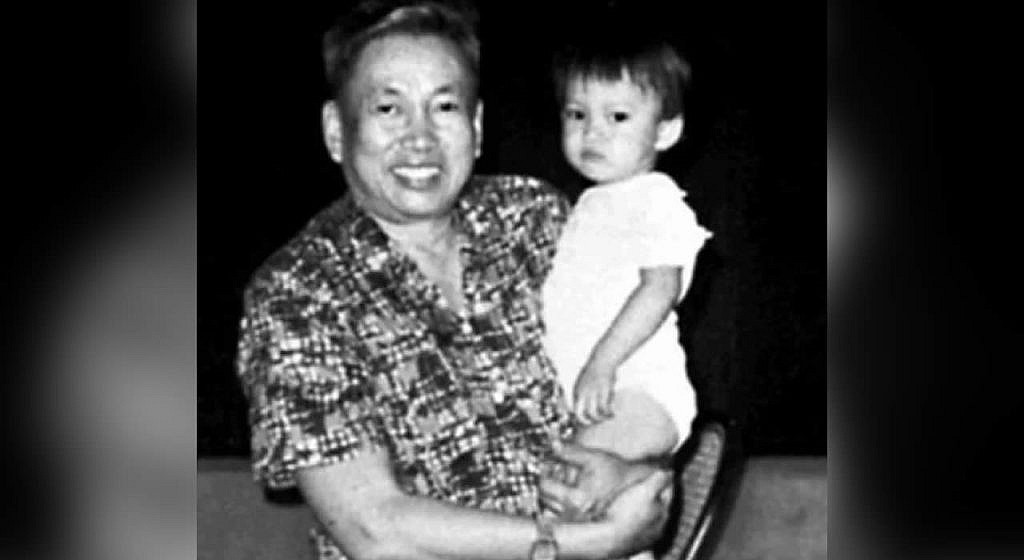
After the death of Pol Pot, his wife and daughter were arrested, but were soon released.
Mea Son remarried Thep Khunal, Pol Pot’s former adviser to the United Nations. This allowed Pol Pot’s ex-wife to lead a comfortable life and give her daughter a good education in Malaysia. Immediately after the mother’s marriage, Pol Pot’s daughter changed her name to Sar Patchada.
In 2014, Sar Patchada married her classmate at the Malaysian University Si Wichika.
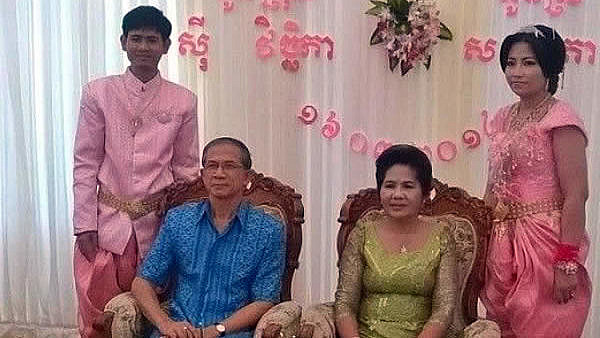
Sar Patchada is not involved in politics and runs a family mill in formerly Khmer Rouge-controlled territory near the Thai border.
Extreme socialism as understood by Pol Pot
Pol Pot decided, without any transitional periods, to move from the capitalist system, according to the teachings of Karl Marx, to the communist one, bypassing the phase of the socialist system. As a result, a certain extreme form of socialism appeared, since the main principle of the communist formation of society “from each according to his ability, to each according to his needs” could not be applied due to the lack of elementary things, including food. Then Pol Pot decided that it was fair to consider a person’s life as socialist encouragement. You live, you were not killed, so you have already received encouragement.
Pol Pot did not like to be photographed and there are very few photographs of him, especially during his reign. Once the artist painted a portrait of Pol Pot from memory, after which his portraits quickly spread in the communes of Kampuchea. In one of these communes was the elder sister of Pol Pot. She saw the portrait and said, “Little Sar rules over us!” The portrait was quickly removed. When Pol Pot found out about this, he ordered the execution of the artist and everyone who copied his portrait, considering it a disclosure of state secrets.
In response to accusations of genocide, Pol Pot said: “You will never find my signature on any document.” This is true, conspiracy in extreme socialism has reached unprecedented heights. Pol Pot himself signed the documents with the signature “Comrade 87” and some citizens did not even know who was actually running the country.
Pol Pot knew that his close relatives were repressed, but he, as a true revolutionary, believed that he had no right to put personal interests above public ones, and therefore did not make any attempts to alleviate their plight.
Pol Pot’s first wife, Khieu Ponnari, was obsessed with the idea that the Vietnamese wanted to kill her husband. This certainly could not but affect Pol Pot. So the Vietnamese became enemy number 1.
At the very first meeting of the Politburo, Pol Pot announced that Cambodia would now be called Kampuchea, and promised that in a few days the country would turn into a communist one. And so that no one would interfere with him in this matter, Pol Pot immediately fenced off his Kampuchea with an “iron curtain” from the whole world, severed diplomatic relations with all countries, banned postal and telephone communications and closed entry and exit from the country. For 3 years, no one knew what was happening in the country. Cambodia has become a ‘black hole’. Those who fell into it never returned, and those who miraculously managed to get out of the country told such monstrous things that few believed them*.
The day after the Khmer Rouge entered Phnom Penh, Pol Pot issued a decree abolishing money. After that, the Khmer Rouge blew up the building of the National Bank of Cambodia. People rushed to collect scattered banknotes, but everyone who tried to collect money was shot on the spot. Under communism, money is not needed, but no one said that under communism there would be no mass executions.
The morning after the Khmer Rouge took over Phnom Penh, the residents woke up to the sound of loudspeakers. The Khmer Rouge ordered everyone to leave the city immediately. The Khmer Rouge, dressed in traditional black uniforms, banged on the doors with machine gun butts and fired continuously into the air.
At the same time, the water and electricity supply was cut off. Separating the children from their parents, they shot not only the protesters, but also the dull ones. The Khmer Rouge went around the dwellings and shot at everyone they met. Others, who meekly obeyed, waited for evacuation in the open without food or water. People drank from the pond in the city park and sewers. Hundreds more died of “natural” death from intestinal infection were added to the number of those who died at the hands of the Khmer Rouge. A week later, only corpses and packs of cannibal dogs remained in Phnom Penh.
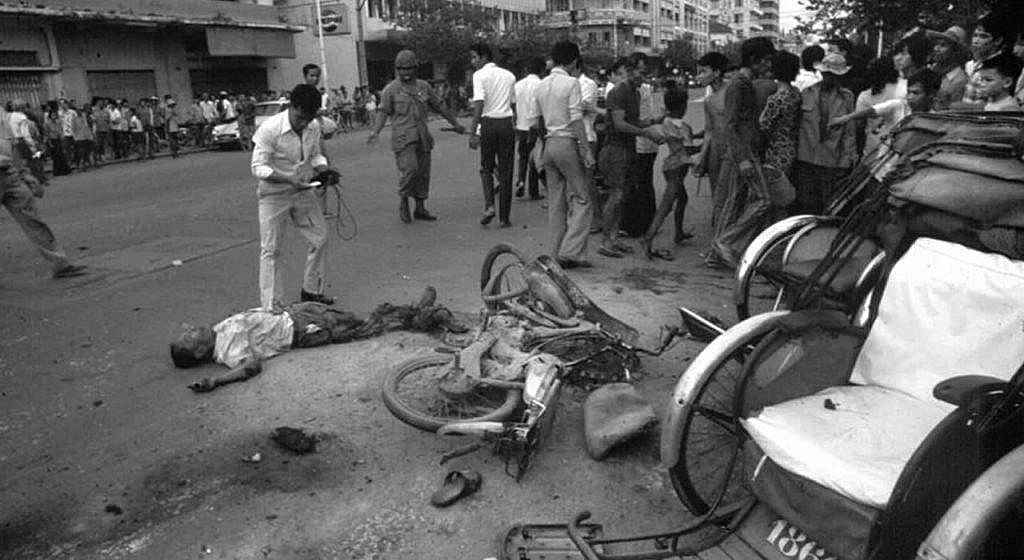
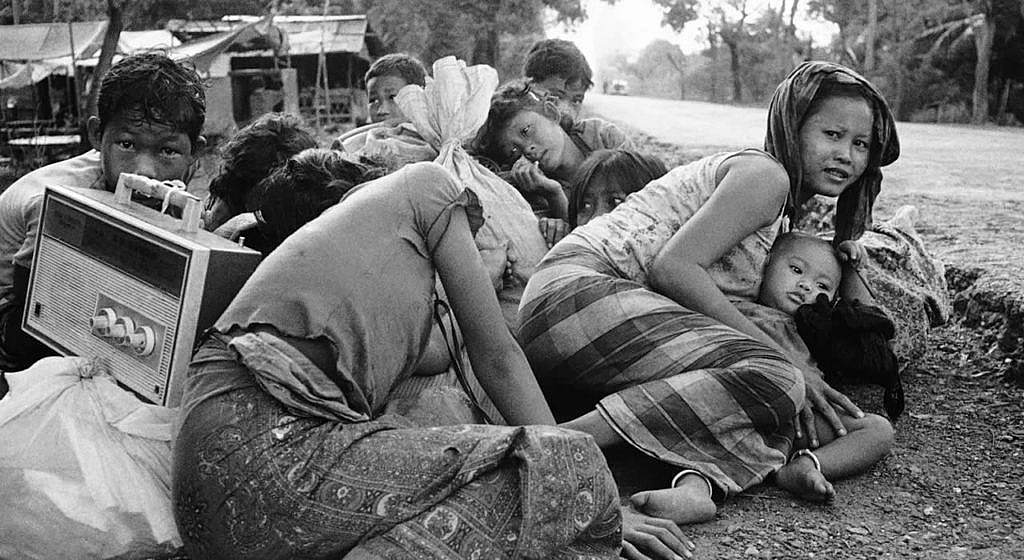
Phnom Penh became a ghost town: it was forbidden to be there on pain of death. Only on the outskirts survived the quarter where the leaders of the Khmer Rouge settled. Nearby was Tuolsleng – “Security Prison S21” – a former school where thousands of “enemies of the revolution” were brought. After being tortured, they were fed alive to crocodiles or burned on iron bars.
Now in this building is a museum of the genocide.
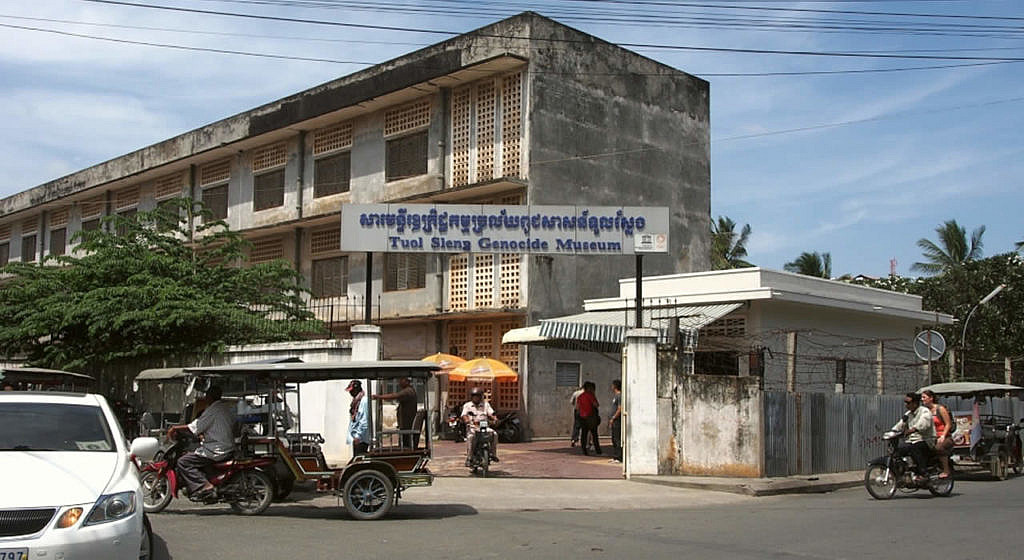
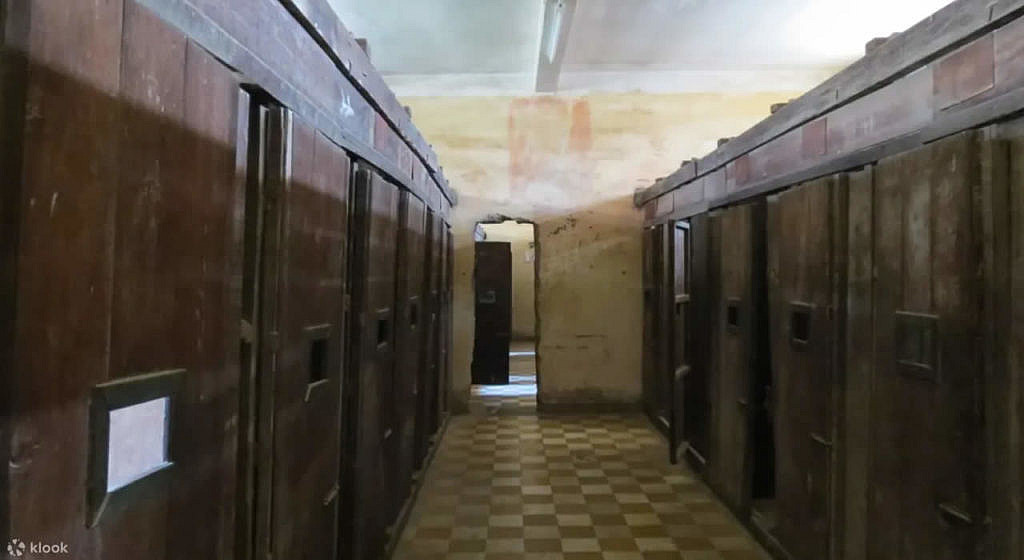
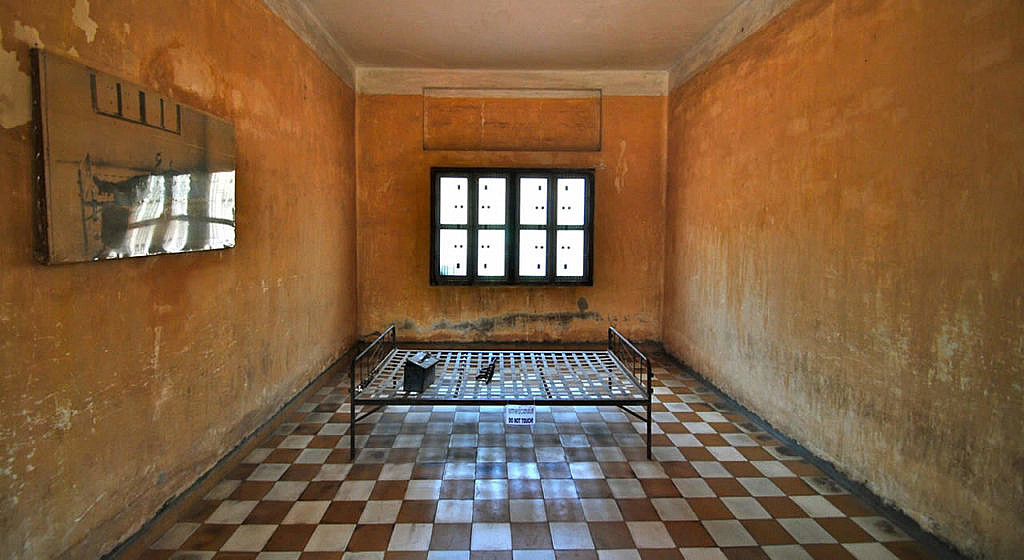
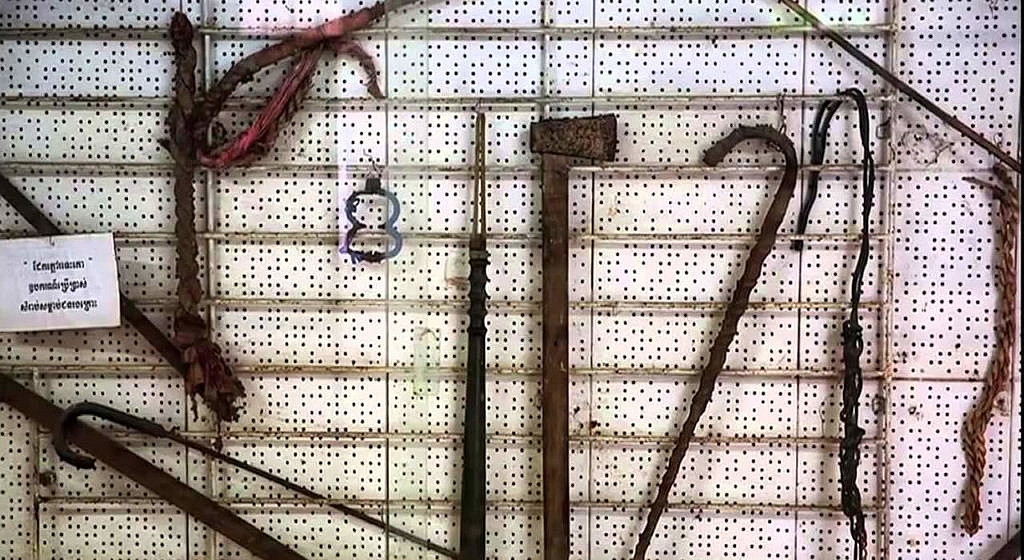
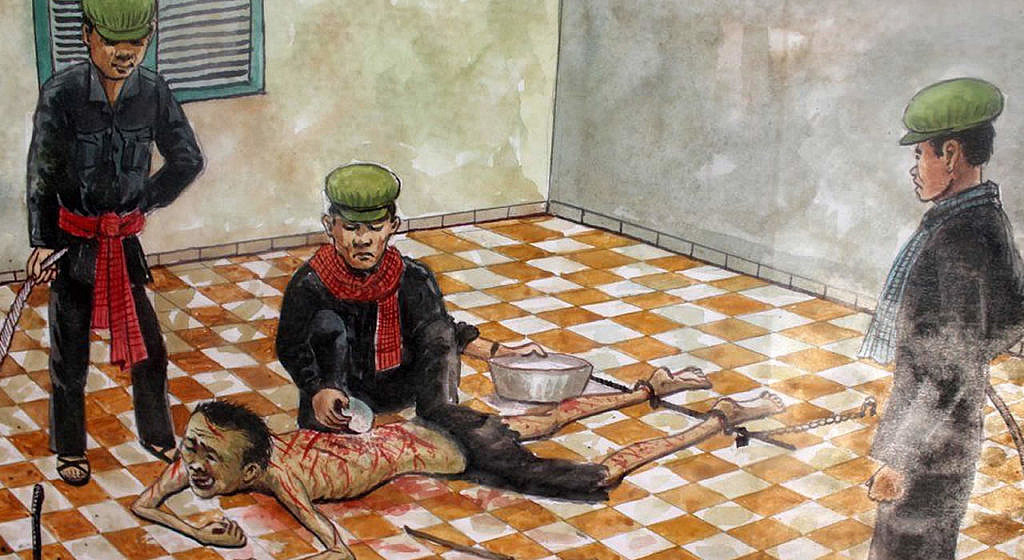
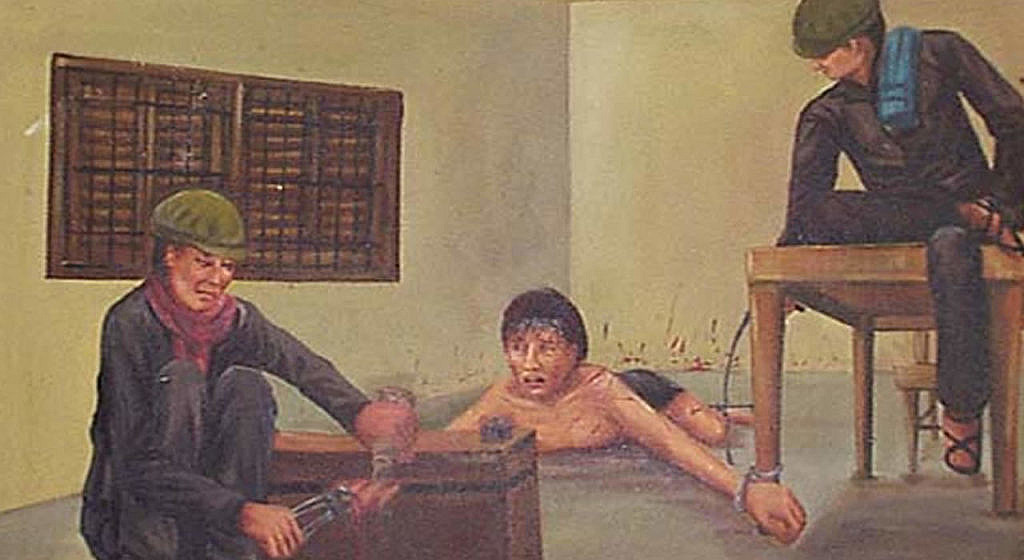
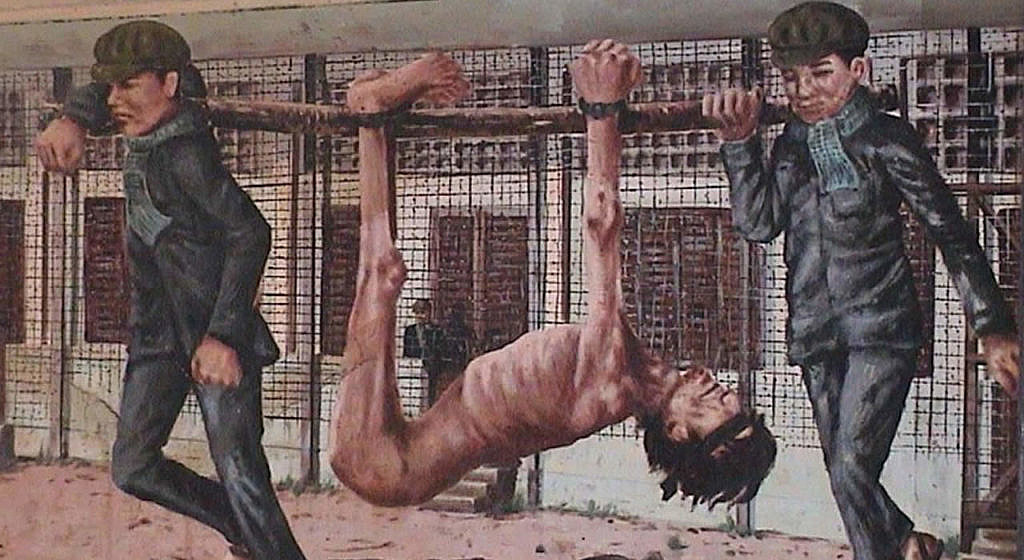
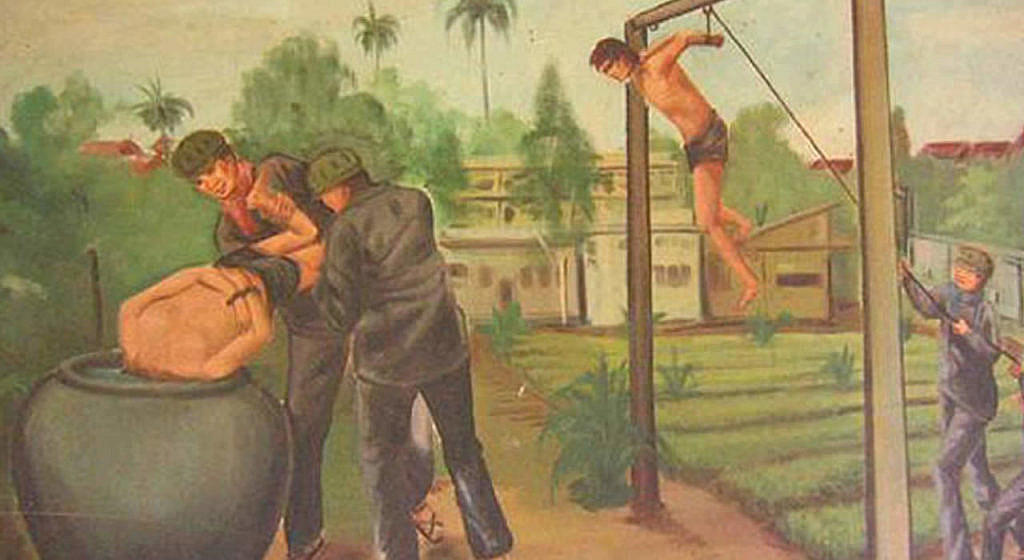
At least 17,000 people passed through the S21 Prison. When the Vietnamese troops liberated Pyongyang, only 7 people remained in prison, the rest of the prisoners were killed in various ways. It was believed that if a person got into the “Prison S21”, then he must die.
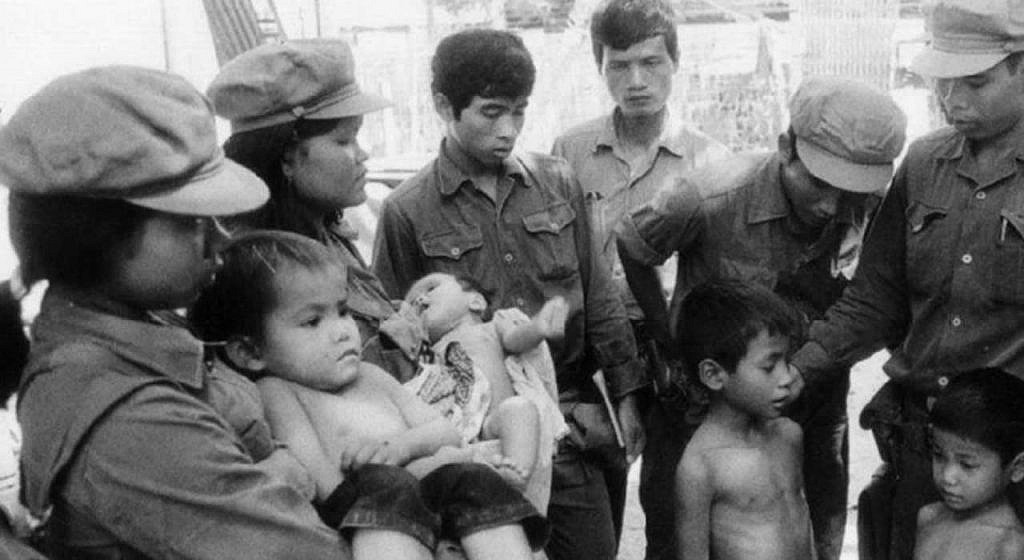
Pol Pot fought so actively against the ‘internal enemies’ within the ranks of the Khmer Rouge itself that during his 3 years in power, out of 22 members of the CPC Central Committee, only five survived. The rest, after being tortured, were executed as ‘traitors to the revolution’.
Anyone who wore glasses in Cambodia was considered an intellectual. Anyone who wore glasses was killed by the Khmer Rouge as soon as they saw them on the street. Not to mention teachers, scientists, writers, artists and engineers, even doctors were destroyed, since Pol Pot abolished healthcare, believing that thereby freeing the future happy nation from the sick and infirm.
During the first year of his reign, Pol Pot managed to completely destroy the entire economy of the country and all its political and social institutions. Libraries, theaters and cinemas were destroyed, songs, dances, traditional festivals were banned, national archives and “old” books were burned.
Private property under Pol Pot was completely abolished. Peasants were ordered to move to communes. Those villages that did not agree to be resettled were completely destroyed along with the inhabitants, including children.
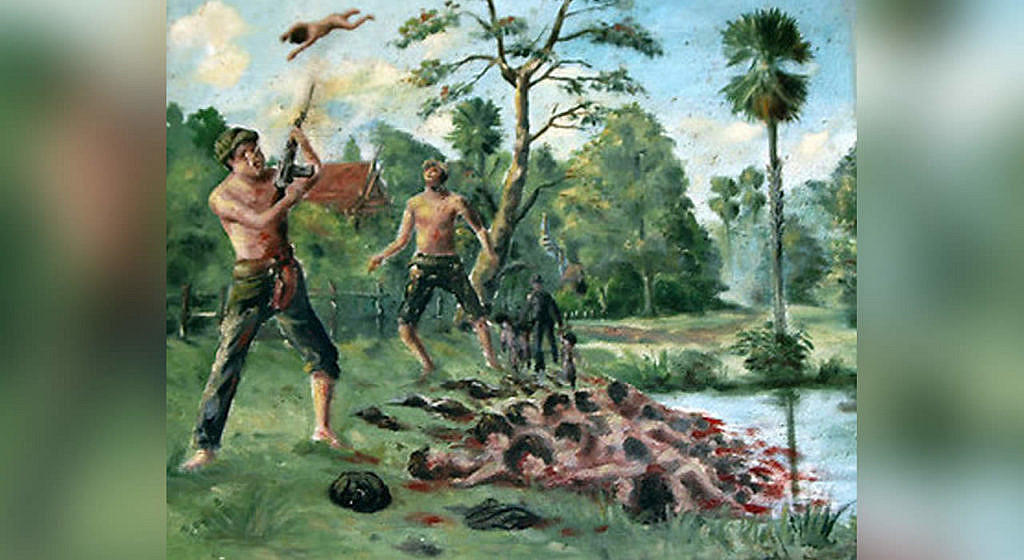
The Khmer Rouge sought to reduce the cost of the process of massacres. For this, special pits were dug into which people were pushed. Before being pushed into the pit, the victims were hit in the back of the head with a shovel or hoe and pushed down. When too many people were to be eliminated, they were gathered in groups of several dozen people, entangled with steel wire, passed an electric current from a generator mounted on a bulldozer, and then pushed the unconscious people into a pit. The children were tied in a chain and pushed all together into water-filled pits, where they, bound hand and foot, immediately drowned.
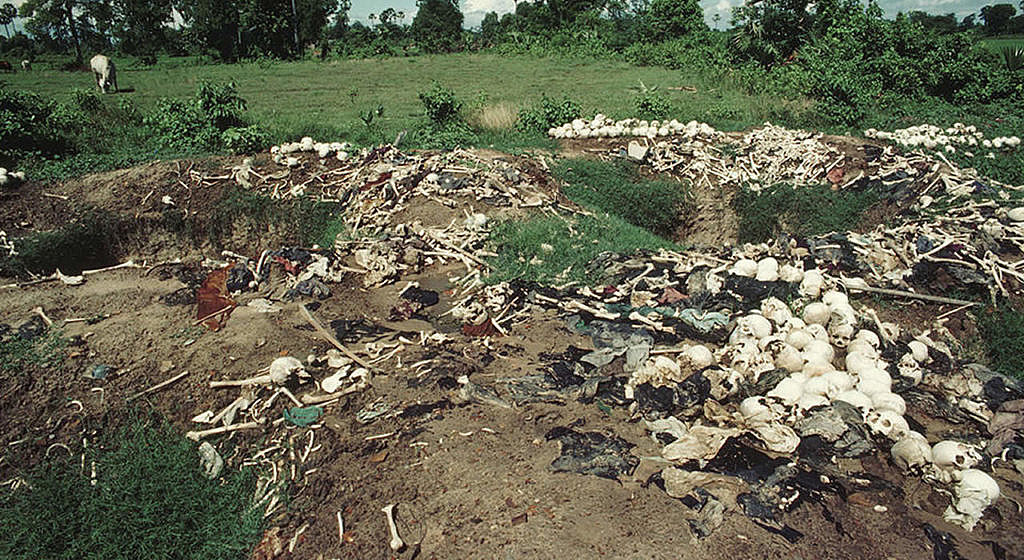
Pol Pot literally understood the idea of Karl Marx that the proletariat would not only change the world around them, but also the person himself. Pol Pot abolished the institution of marriage and recognized the woman as the property of the nation. Wives were separated from husbands, and husbands from wives. Instead of the institution of family and marriage, the Khmer Rouge introduced the distribution of women. The distribution was handled by the headman of the commune.
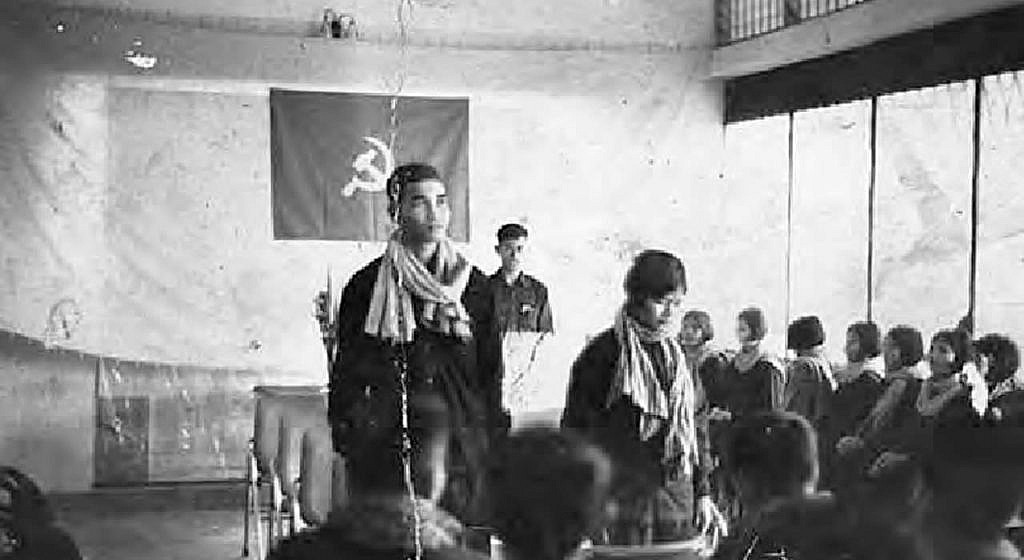
It was forbidden to express one’s emotions. Communards were forbidden to cry or laugh unless there was an official reason for this. Pol Pot believed that the expression of emotions was alien to the builders of communism.
It was forbidden to read anything other than Mao Zedong’s quotes “Little Red Book” edited and revised by Pol Pot himself.
Violators of the prohibitions of the Khmer Rouge were buried in the ground up to the neck and left to die of hunger and thirst. Then the heads of the victims were chopped off and hung on stakes near the commune with signs ‘I am a traitor to the revolution!’
According to official figures, at the time the Khmer Rouge came to power, the population of Cambodia was 7.3 million people. According to various estimates, during the 3 years of Pol Pot’s reign, the population decreased by at least 1 million people. Some researchers call the death toll 2.7 million people.
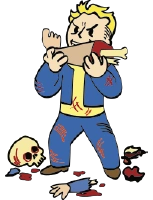
DEADHOUSE editorial warning!
Do not try to test Pol Pot’s ideas while building socialism in your country, in your city or in your home!
Do not trust the distribution of wealth to third parties!
Reject any socialist slogans!
Remember, the communists motivate their actions with concern for the welfare of the people, but this always ends with concentration camps and food cards!


Pol pot killed pornstars which I loved his pol pot and Khmer Rouge hated porn stars prostitutes and kink bdsm shit I hate it to pol pot was good hating that crap and killing kink bdsm couples and pornstar whores